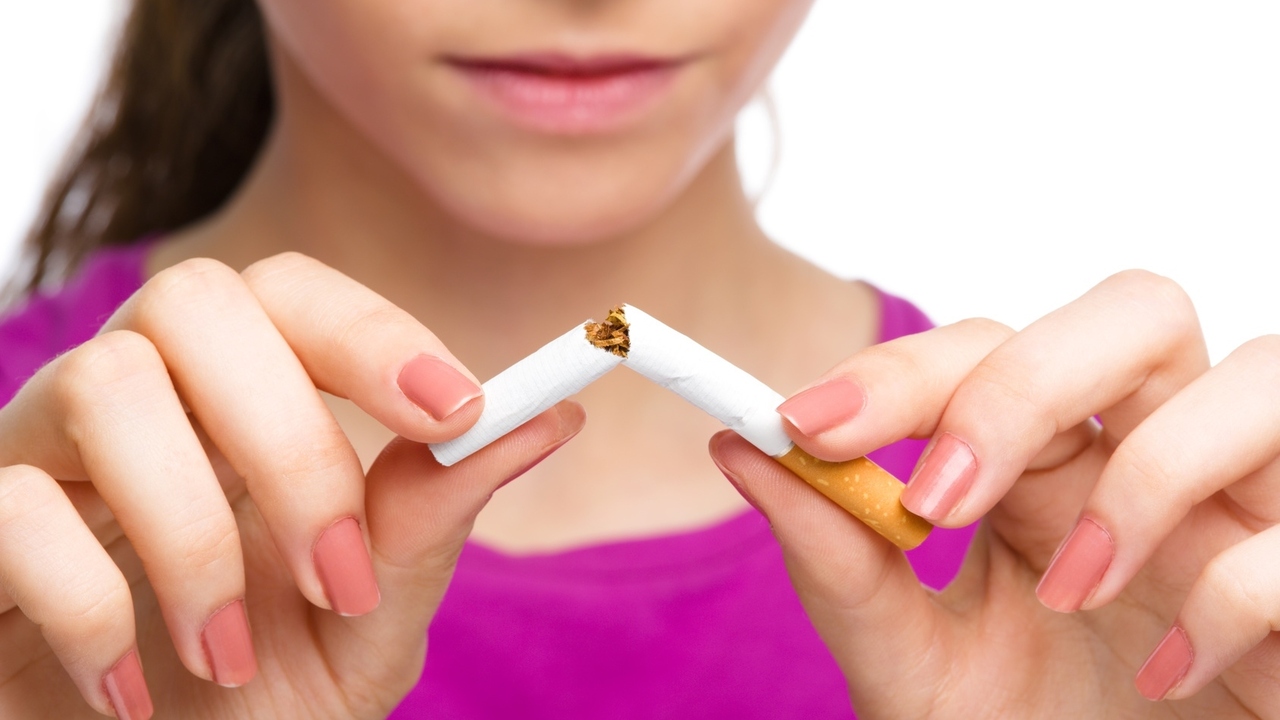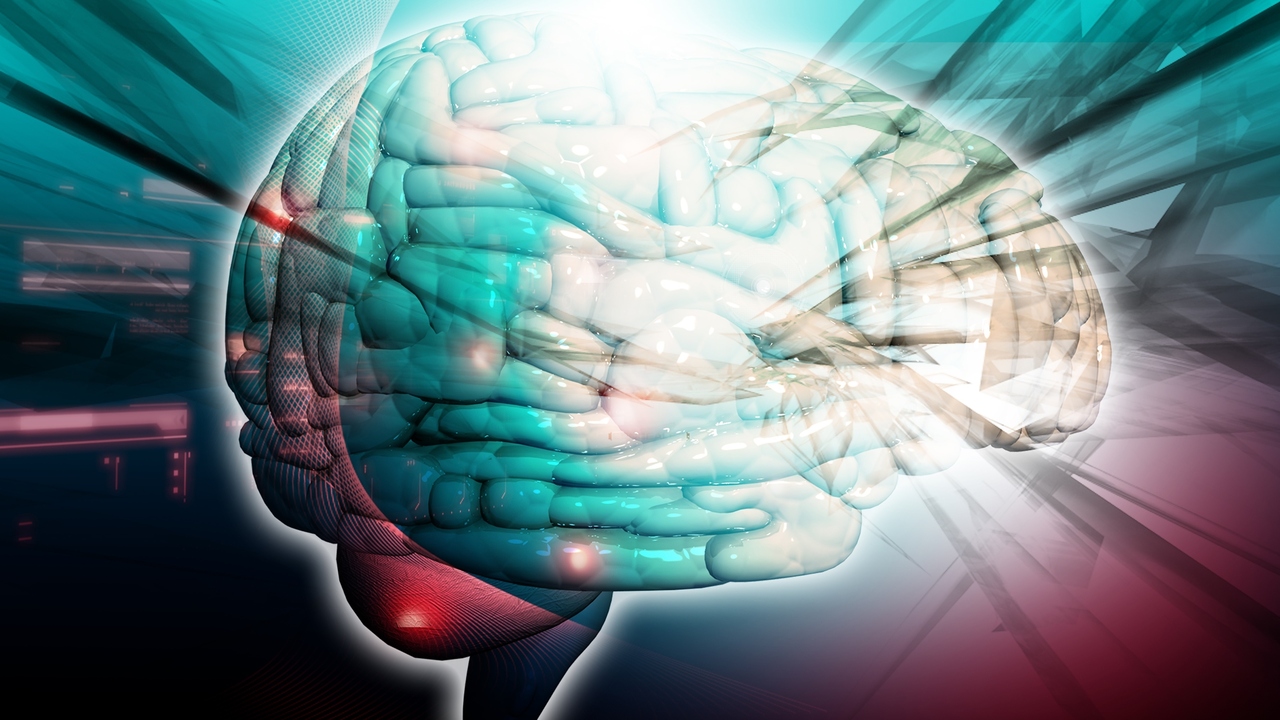The Centers for Disease Control and Prevention estimated that every year in the United States, around 795,000 people suffer from a stroke. A patient who has had a stroke had a disruption of the blood supply to her brain, causing brain cells to die. Strokes can be divided into two major categories: ischemic strokes and hemorrhagic strokes. With an ischemic stroke, a blood clot blocks the blood supply to the brain. Patients who have had a hemorrhagic stroke had bleeding in the brain caused by a burst blood vessel. Ischemic strokes are the most common of the two, accounting for about 80 percent of all cases, according to the National Institute of Neurological Disorders and Stroke.
After a stroke, many patients can suffer from disabilities, which can affect their daily activities. For example in 2005, almost 1.1 million survivors of a stroke had problems with basic daily activities, noted the CDC. After a stroke has occurred, a patient will undergo rehabilitation to help relearn activities and skills to improve daily functioning. Post-stroke rehabilitation can consist of several types of therapies, depending on what functions were affected by the stroke. For example, if a patient has movement problems after a stroke, she may undergo physical therapy. Occupational therapy helps patients relearn how to do everyday tasks, such a dressing, using the bathroom and eating. Since some patients can experience emotional problems after having a stroke, they may benefit from psychological therapy. Patients who have speech or swallowing problems after a stroke may attend speech therapy sessions.
Stroke rehabilitation can take place in several different settings. The National Institute of Neurological Disorders and Stroke listed inpatient rehabilitation units, outpatient units, nursing facilities and home rehabilitation. While many patients may go to a formal rehabilitation program, a study published in the New England Journal of Medicine on May 26 found that patients can make the same improvements in walking with home-based exercise with a physical therapist. The study, in which patients were recruited in Florida and California from inpatient rehabilitation units, included more than 400 patients. The researchers assigned the participants to one of three groups: two were held at a formal rehabilitation program and the third involved at home exercise. All of the participants did 36 sessions, which were 90 minutes long, that occurred over 12 to 16 weeks. The first formal rehabilitation program group started two months after they had had a stroke, while the second formal rehabilitation program group started six months after they had had a stroke.
Maureen Salamon of HealthDay reported that 52 percent of all participants had improvements in their walking abilities and that the benefits were similar among all three groups; in addition, the study did not find differences between the two formal rehabilitation program groups. Besides finding that patients can have similar improvements in walking at home as in a formal rehabilitation program, the study also suggested that patients can make improvements six months post-stroke.
References
Division for Heart Disease and Stroke Prevention. Stroke Fact Sheet. Centers for Disease Control and Prevention, 2011. Web. 27 June 2011
http://www.cdc.gov/dhdsp/data_statistics/fact_sheets/fs_stroke.htm
National Institute of Neurological Disorders and Stroke. Stroke: Hope Through Research. National Institutes of Health, 2011. Web. 27 June 2011
http://www.ninds.nih.gov/disorders/stroke/detail_stroke.htm
National Institute of Neurological Disorders and Stroke. Post-Stroke Rehabilitation Fact Sheet. National Institutes of Health, 2011. Web. 27 June 2011
http://www.ninds.nih.gov/disorders/stroke/poststrokerehab.htm
Maureen Salamon. Stroke Patients May Regain Function Just as Easily at Home. Health Day, 25 May 2011. Web. 27 June 2011
http://consumer.healthday.com/Article.asp?AID=653296
Reviewed June 28, 2011
Edited by Alison Stanton






Add a CommentComments
There are no comments yet. Be the first one and get the conversation started!